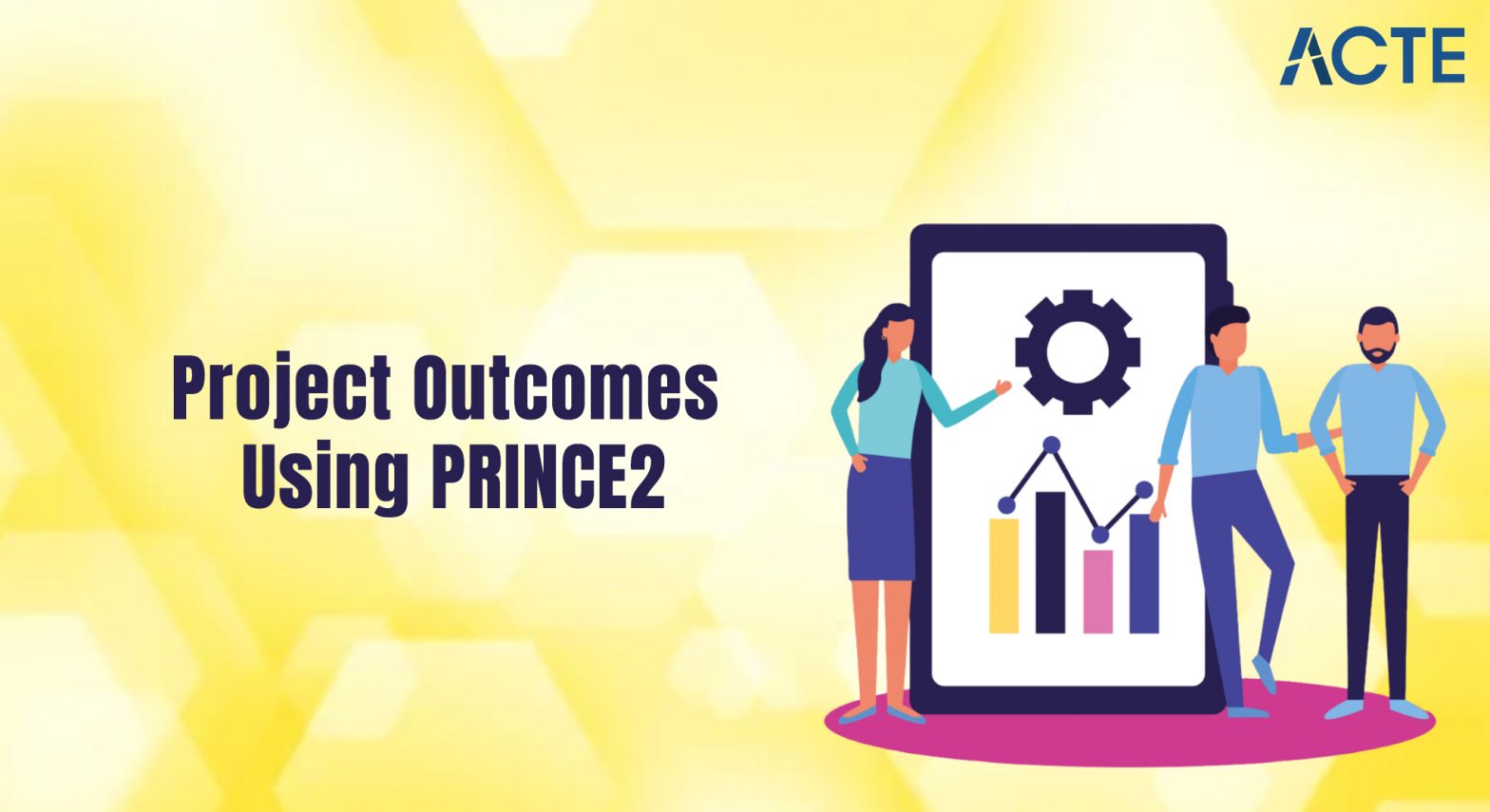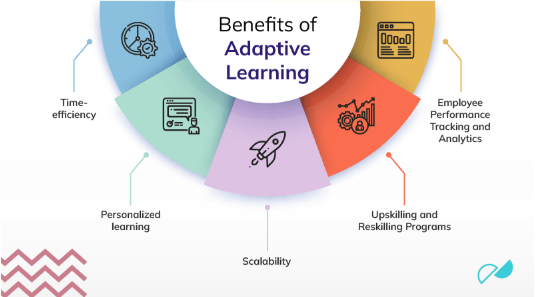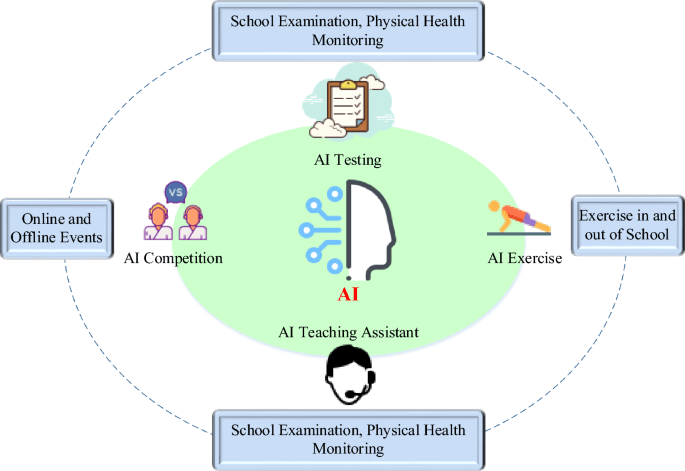
- Introduction
- Key Principles of PRINCE2
- Benefits of Using PRINCE2
- PRINCE2 Roles and Responsibilities
- Stages of PRINCE2 Process
- PRINCE2 Documentation and Templates
- Risk Management in PRINCE2
- Best Practices for PRINCE2 Implementation
- Conclusion
Ready to Pursue Your PMP Certificate? View The PMP Course Offered By ACTE Right Now!
Introduction
PRINCE2 is a popular project management methodology employed worldwide to manage projects cost-effectively. The UK government created it in 1989. PRINCE2 offers a structured approach for handling projects of different complexities. It is highly process-oriented, which allows it to be applied across different business sectors and industry requirements. The framework rests on seven principles, themes, and processes that govern how projects are controlled, predictable, and results-driven. By supporting consistency, accountabilities, and adaptability, PRINCE2 complemented by PMP Training enables organizations to deliver their project goals with reduced risks and maximized resource efficiency. PRINCE2 is important in improving the effectiveness and efficiency of business projects. Its structured approach helps ensure that projects are run with well-defined planning, monitoring, and control mechanisms. This minimizes uncertainty and maximizes the chances of successful outcomes. Through the encouragement of continuous documentation, systematic procedures, and constant checks, PRINCE2 guarantees that projects stay on course with business goals. It also supports more effective communication and stakeholder coordination, translating into greater transparency and accountability. The methodology’s adaptability renders it effective for both small and big projects across many industries.
Key Principles of PRINCE2
PRINCE2 rests on seven fundamental principles that dictate project management procedures:
- Ongoing Business Rationale: Projects need a sound basis for commencement and continuance, aligning with business objectives.
- Leverage Experience: Project Management teams are urged to use the experience gained from past projects to prevent history from repeating itself.
- Assigned Roles and Responsibilities: Well-defined designation of individual roles and responsibilities ensures accountability.
- Manage by Phases: Projects are broken into manageable phases, permitting routine review and control.
- Manage by Exception: Time, cost, and scope tolerances are established so that management only acts when these thresholds are breached.
- Focus on Products: The process puts quality deliverables of customer expectations first.
- Tailor to Suit the Project: PRINCE2 is flexible enough to be tailored to meet the complexity and size of the project.

Benefits of Using PRINCE2
Using PRINCE2 offers several benefits for organizations and project managers. First, it enhances project control and governance through a clearly defined structure. With regular reviews and well-defined processes, project managers can identify risks early and implement corrective actions, improving project reliability and success rates. Second, PRINCE2 Project Management promotes standardized documentation and communication, ensuring consistency across teams. Its emphasis on quality assurance ensures that deliverables meet the required standards, boosting customer satisfaction. Finally, the methodology’s scalability makes it suitable for small-scale and complex enterprise projects, making it a versatile solution for businesses.
PRINCE2 Roles and Responsibilities
PRINCE2 assigns specific roles and responsibilities to ensure clarity, accountability, and efficient project management.
- Project Board: The governing body responsible for overall decision-making and oversight.
- Project Manager: Responsible for day-to-day Characteristics of Project Management, including planning, monitoring, and reporting.
- Project Support: Provides administrative assistance with documentation and record-keeping.
- Team Manager: Manages specific work packages, ensuring they are delivered on time and within scope.
- Executive: Represents the business interests and ensures the project delivers value.
- User Representative: Represents the end-users’ interests and ensures deliverables meet their needs.
- Supplier Representative: Ensures that the supplier’s requirements and expectations are met.
- Project Brief: Provides an overview of the objectives, scope, and justification.
- Project Initiation Document (PID): Contains detailed project plans, risks, and governance structures.
- Risk Register: Tracks identified risks, their impact, and Risk Mitigation Techniques.
- Issue Log: Records project issues and their resolutions.
- Quality Register: Documents quality control activities and outcomes.
- Lessons Log: Captures lessons learned for future project improvements.
- Change Control Log: Records and tracks change requests and their approval status.
- Provide Comprehensive Training: Ensure all project team members are trained in PRINCE2 methodology.
- Use Standard Templates: Maintain consistent documentation to track progress and quality.
- Regular Risk Reviews: Identify and address risks proactively.
- Consistent Communication: Foster clear and transparent communication among stakeholders.
- Continuous Improvement: Regularly review and update processes based on lessons learned.
Thrilled to Achieve Your PMP Certification? View The PMP Online Training Offered By ACTE Right Now!
Stages of PRINCE2 Process
ChatGPT said: PRINCE2 divides the project lifecycle into seven stages to ensure precise planning, execution, and closure. The process begins with Starting Up a Project (SU), where the project idea, objectives, and feasibility are defined. In Directing a Project (DP), the Project Board provides oversight, approves stages, and makes key decisions. Initiating a Project (IP) follows, involving detailed planning, risk assessment, and the establishment of project controls. During Controlling a Stage (CS), the Project Manager equipped with PMP Training is responsible for monitoring and controlling the day-to-day activities within each stage. Managing Product Delivery (MP) focuses on ensuring that deliverables are produced and approved according to predefined specifications. Managing a Stage Boundary (SB) includes reviewing the completed stage, evaluating risks, and planning for the next phase. Finally, Closing a Project (CP) entails finalizing deliverables, conducting post-project reviews, and documenting lessons learned. By following these structured stages, PRINCE2 promotes effective project control, accountability, and continuous improvement.
Interested in Pursuing PMP Master’s Program? Enroll For PMP Master Course Today!
PRINCE2 Documentation and Templates
Documentation plays a vital role in ensuring consistency and traceability in PRINCE2 projects. Key templates include:
Using standardized templates improves consistency and transparency across projects.

Risk Management in PRINCE2
Risk management is a key component of PRINCE2, effectively handling potential threats and opportunities. The process begins with risk identification, recognizing and recording potential issues in the Risk Register. Risks are then assessed for their likelihood and impact, followed by the creation of mitigation or contingency plans. Monitoring and reporting ensure that risks are continuously reviewed throughout the project lifecycle. By proactively managing risks, PRINCE2 reduces uncertainties and enhances project resilience.
Preparing for a PMP Job Interview? Check Out Our Blog on PMP Interview Questions & Answer
Best Practices for PRINCE2 Implementation
To effectively implement PRINCE2, organizations should follow the best practices:
By adhering to these best practices, organizations can maximize the benefits of PRINCE2 and achieve better project outcomes.
Conclusion
PRINCE2 is a highly robust and widely recognized project management methodology that offers a comprehensive and structured approach to planning, executing, and controlling projects of all sizes and complexities. Its flexibility, scalability, and unwavering focus on quality make it an ideal choice for organizations seeking consistent, repeatable, and efficient project delivery. Whether applied to small, medium, or large-scale projects, PRINCE2 is adaptable to various industries, ensuring it remains relevant in diverse business environments. By implementing PRINCE2 effectively and incorporating PMP Training, businesses can reduce risks, enhance resource allocation, improve overall efficiency, and consistently achieve successful project outcomes. The methodology provides clear roles and responsibilities, a strong foundation of governance, and a focus on continuous improvement, which ensures better decision-making and streamlined communication among project stakeholders. Additionally, the emphasis on regular monitoring and controlled stages allows for greater flexibility to manage changes and adapt to evolving project requirements. This structured approach ultimately leads to more predictable, high-quality results and helps organizations meet their strategic goals within scope, on time, and on budget.


